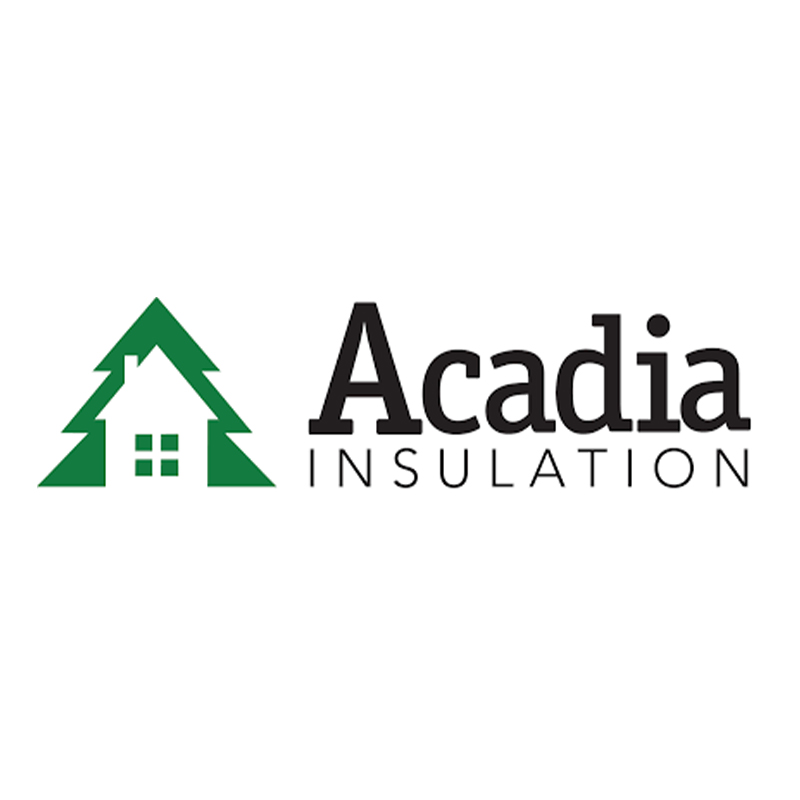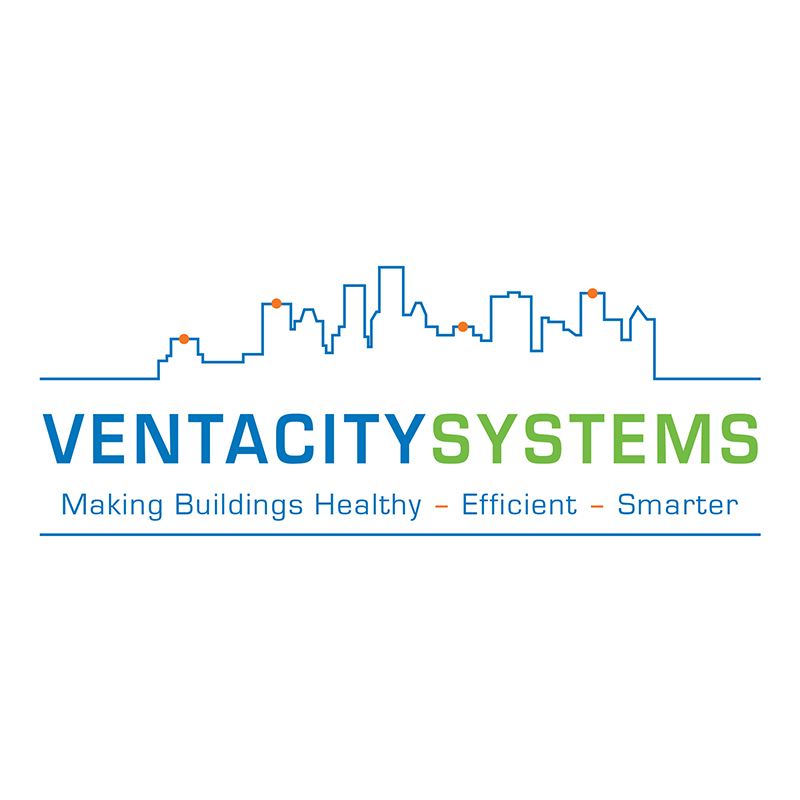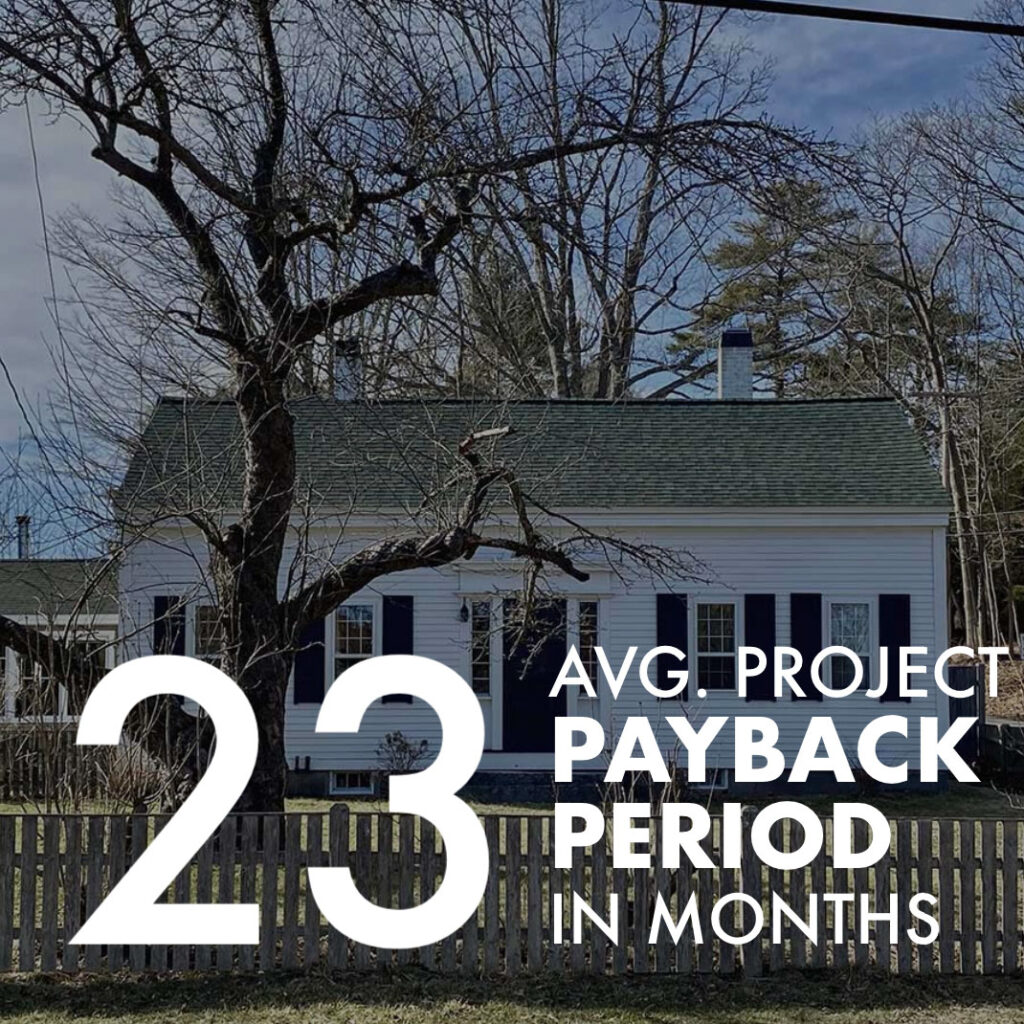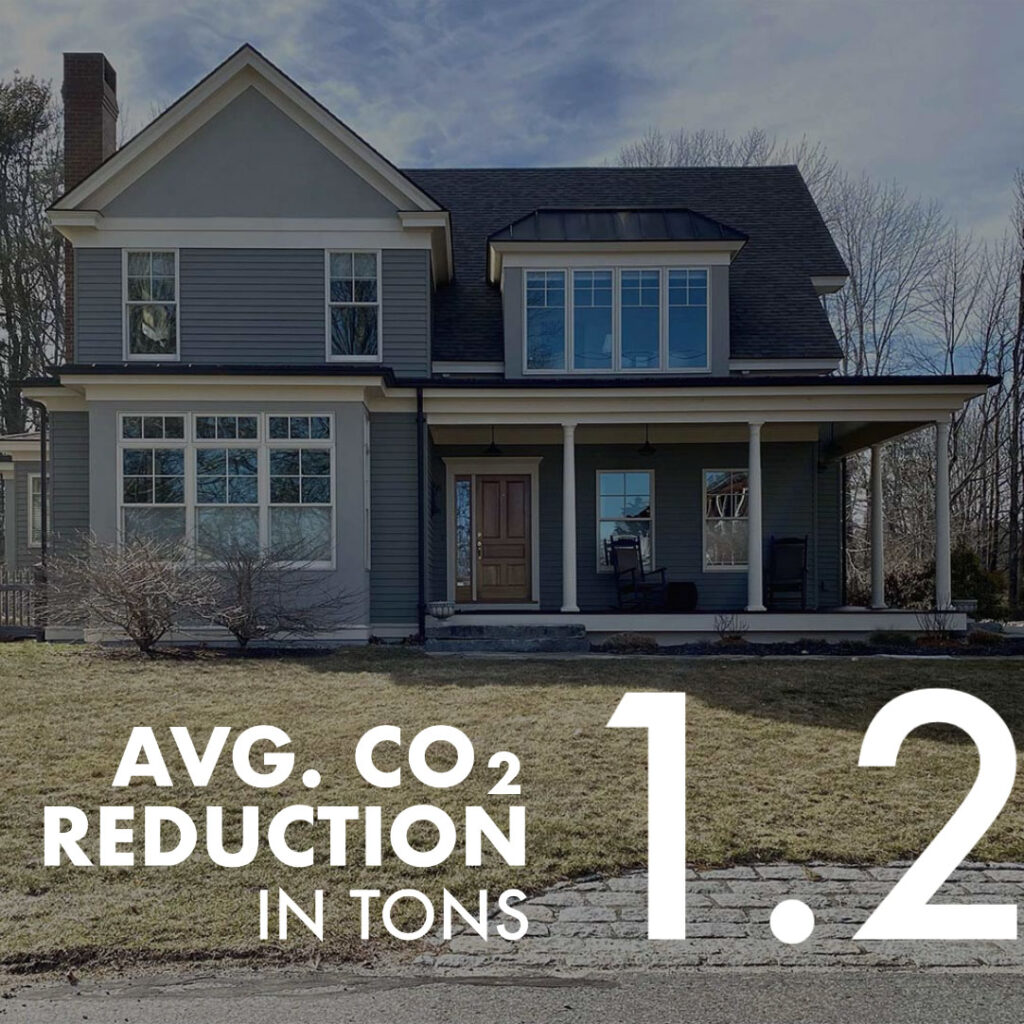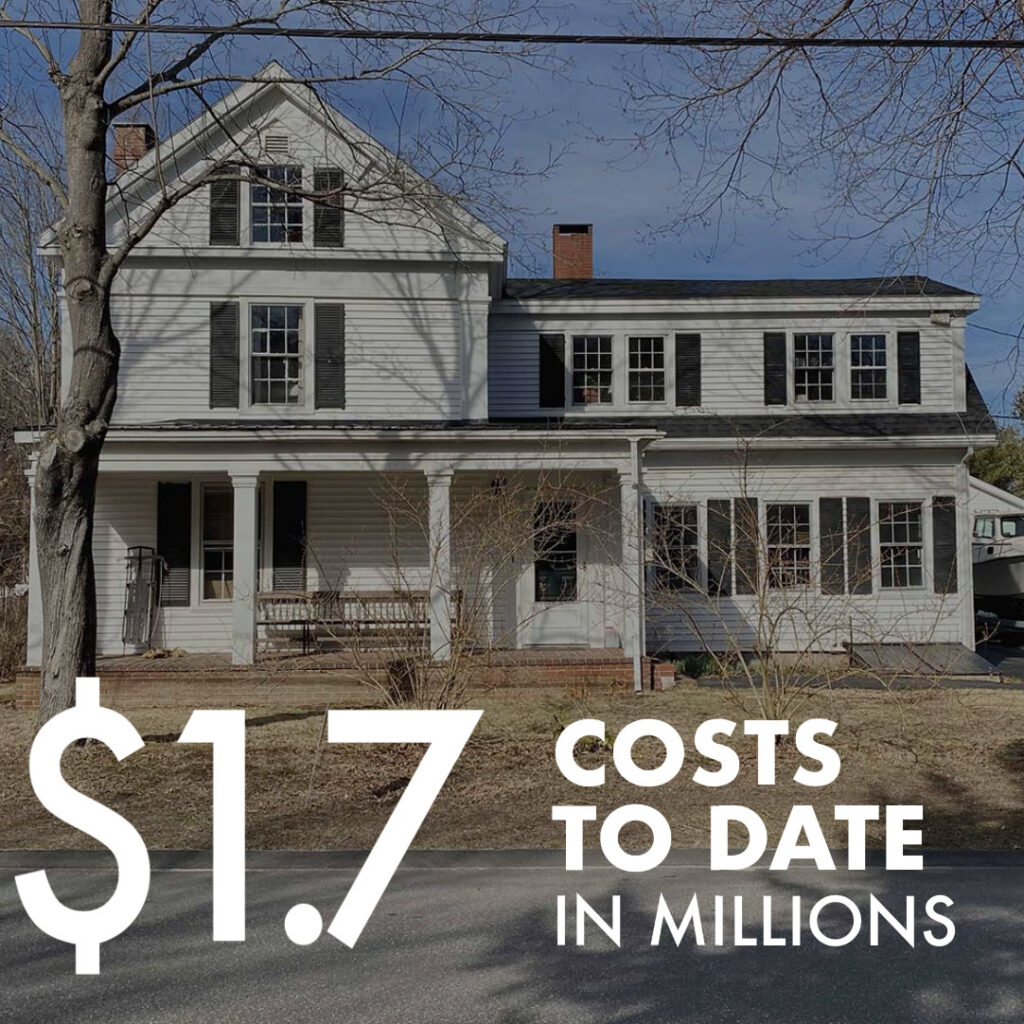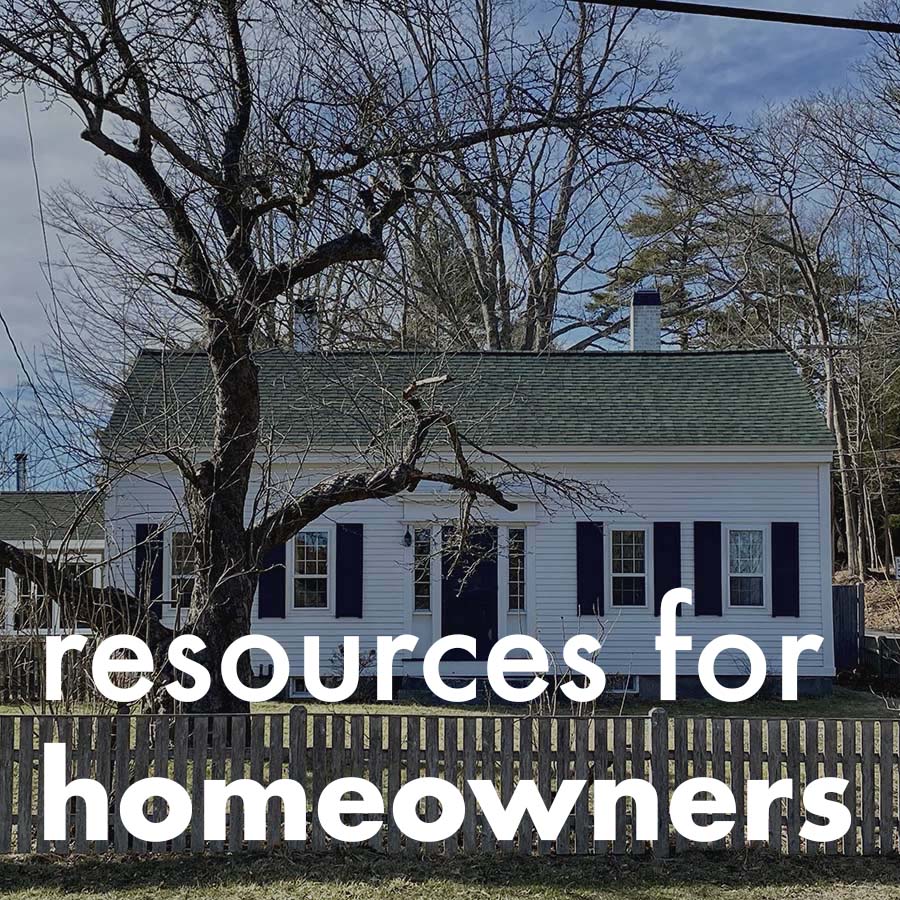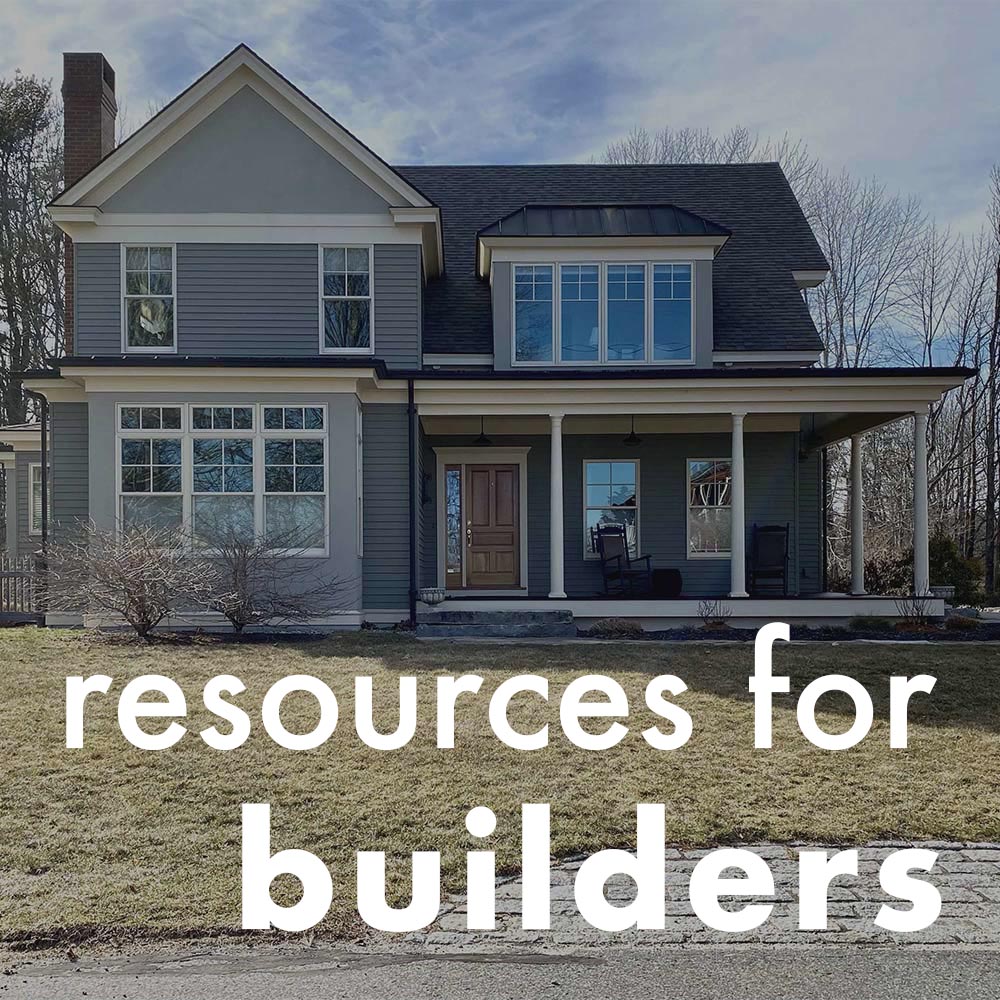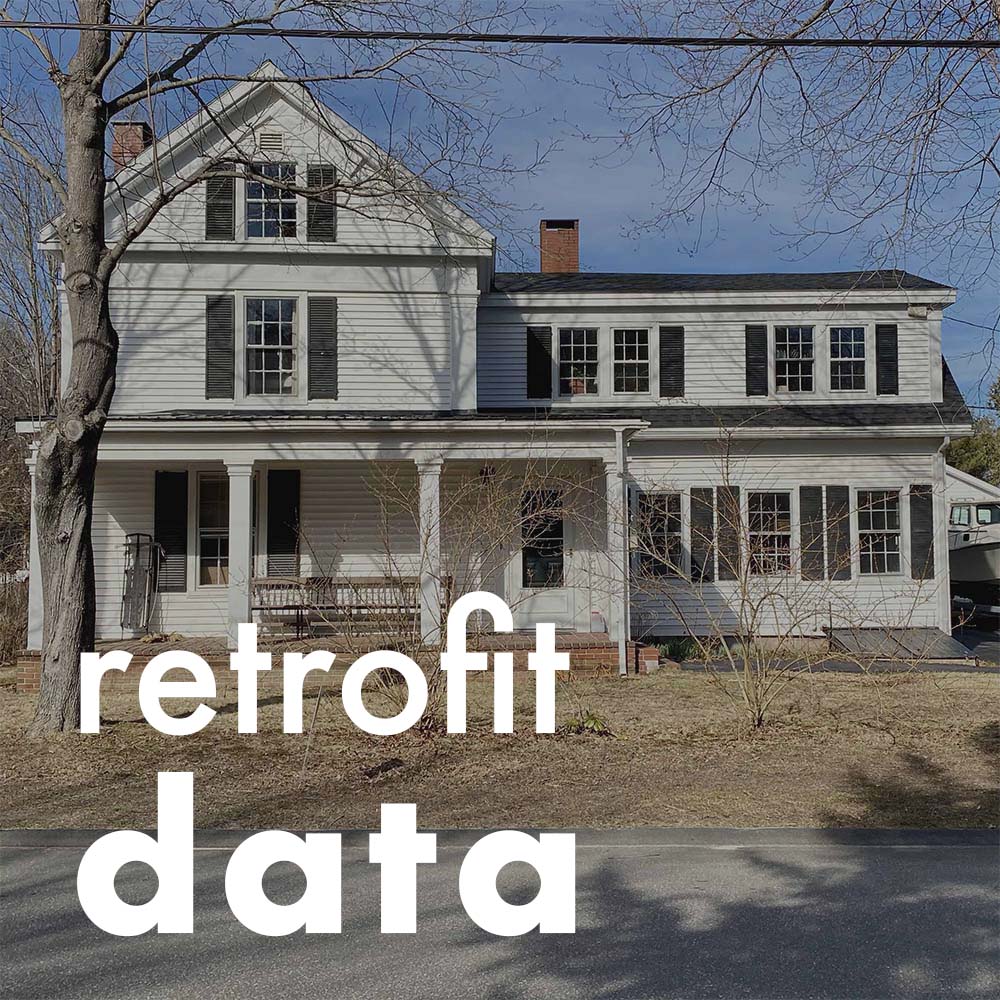
retrofitMAINE Symposium
Calling all homeowners!
Our next passivhausMAINE retrofitting training happens June 9 in York. This $25, day-long session will get you started with retrofit planning in Maine.
X
Thanks for an incredible first
retrofitMAINE symposium
In September, retrofitMAINE hosted its inaugural one-day symposium focused on advancing high-performance retrofits and energy education. The event brought together builders, architects, contractors, policymakers, renters, and homeowners to share case studies, exchange expertise, and build momentum for Maine’s growing retrofit movement.
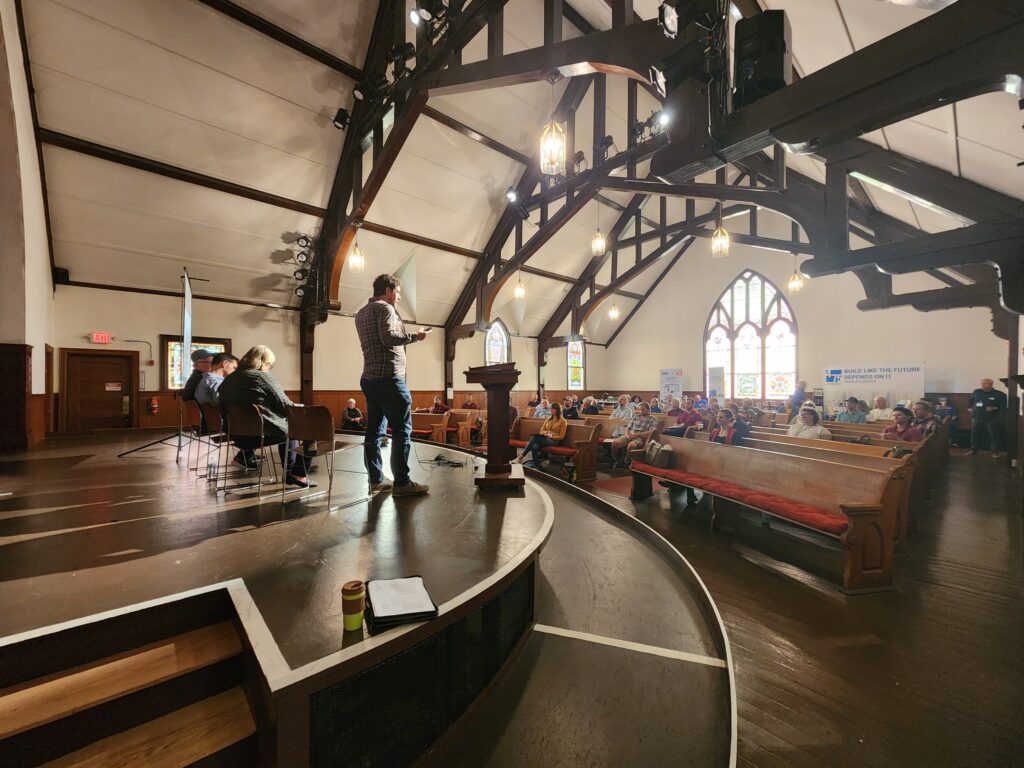
Our one-day symposium in Freeport was focused on all things retrofit, with great presentations and panel discussions highlighting important considerations for retrofit projects at the intersection of multiple industries.
Thanks to all of those who presented, sponsored, volunteered and took part, to make our inaugural retrofitMAINE Symposium a success!
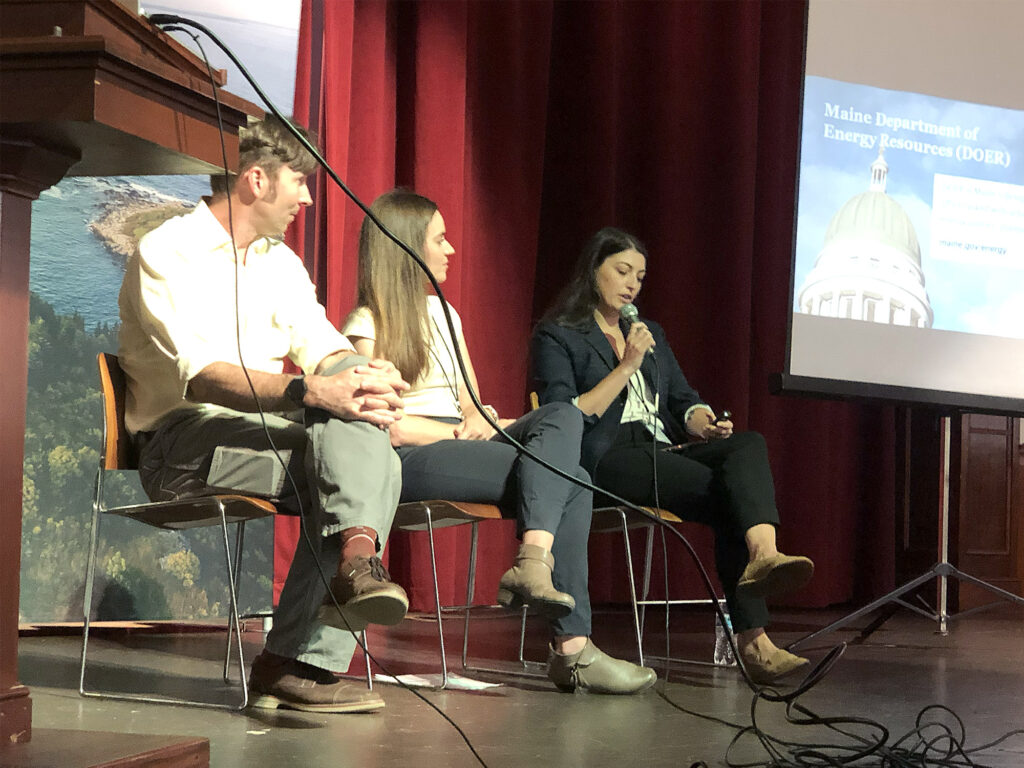
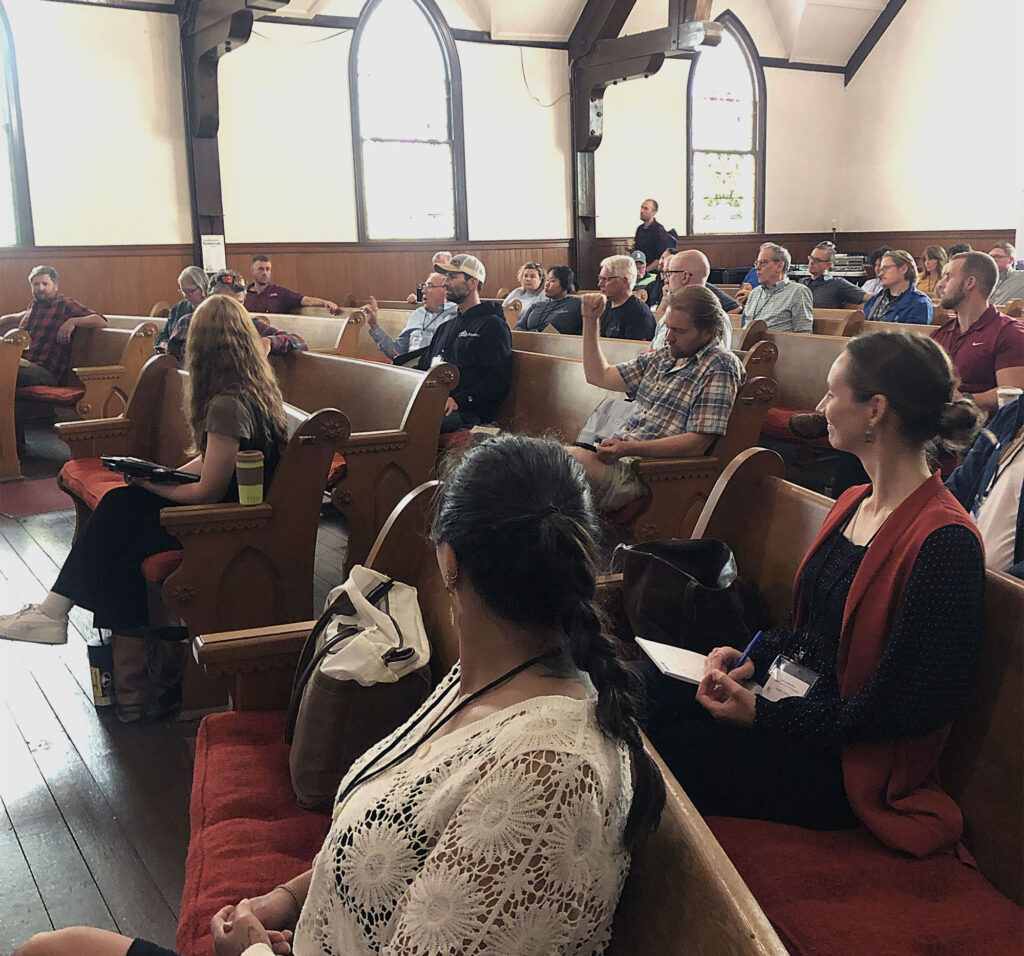
retrofitMAINE Symposium — Agenda
Friday, September 26 • Start: 9:00 a.m.
9:00 a.m. — Welcome & Orientation
Host: Mika Heming
The day begins with a warm welcome, recognition of our sponsors, and a quick orientation to the symposium. Attendees will be guided on where to find the agenda, amenities, and breakout spaces. A brief overview of phME’s history and the creation of retrofitMAINE sets the stage for the day.
9:10 a.m. — To Retrofit or Not to Retrofit
Speaker: Sarah Derecktor (SMRT)
This opening keynote explores the central question: preserve and improve, or start fresh? Sarah Derecktor will examine the trade-offs between retrofitting and rebuilding, touching on sustainability, codes and regulations, life cycle analysis, evolving technologies, and financial considerations. The session frames the challenges and opportunities that will carry through the day’s discussions.
9:30 a.m. — Master Planning for Retrofits
Speaker: Randy Rand (r.haus)
Effective retrofits begin with careful planning. Randy Rand shares practical lessons on sequencing upgrades, coordinating energy and mechanical systems, anticipating obstacles, and ensuring today’s decisions align with long-term performance goals. Participants will leave with field-tested insights into setting projects up for success.
9:50 a.m. — Panel: Intersections of Retrofits
Panelists:
-
David Gibson, College of the Atlantic
-
Jess Maurer, Maine Council on Aging
-
Kevin Leonard, Community-Concepts
-
Matt Wellington, Maine Public Health Association
Retrofits connect to housing, health, culture, and community. This panel explores collaboration with tribal communities, energy coaching, aging in place, the role of Community Action Programs, and health impacts. Through discussion and audience engagement, panelists highlight why cross-sector approaches are critical to scaling retrofit adoption.
11:00 a.m. — Panel: Policy that Packs a Punch
Panelists:
-
Ian Burnes, Efficiency Maine Trust
-
Hilary Landfried, Governor’s Office of Policy Innovation and the Future
-
Tagwongo Obomsawin, Governor’s Energy Office
Policy is the engine behind retrofit progress. This session examines legislative initiatives, financial supports, building code changes, and strategies for aligning state policy with workforce and community needs. Panelists will highlight how effective policy can accelerate Maine’s retrofit goals.
12:15 p.m. – Lunch
Check out some local options for lunch.1:45 – 4:00 p.m. — Real Homes, Real Lessons: Afternoon Case Studies
Format: Builders, designers, and homeowners share concise, practice-based case studies. The afternoon turns from theory to practice with a series of case studies presented by builders, designers, and homeowners. These projects span low-income home upgrades, deep retrofits of iconic Maine houses, and innovative envelope systems. Each case study offers practical takeaways, creative solutions, and lessons learned—showing what’s possible for communities across the state. The presentations will take about 15 minutes each.Case study themes:
Building resilience
Commercial and industrial projects
Community-engaged approach
Cost-focused projects
Decarbonization and electrification
Human health
Manufactured homes
Multi- and single-family rentals
Multi-family homes
New technology or materials
Passive standard and high-efficiency
Policy changes and their impacts
Single-family homes
An Acorn Deck House Deep-Energy Retrofit – Grace Tisdale, Kaplan Thompson Architects
This Acorn Deck house, once slated for demolition, was transformed into a high-performing home after mold and moisture issues forced a complete rethink. Kaplan Thompson Architects and Warren Construction reimagined it with airtight detailing, generous glazing, and a blend of Maine camp and California design aesthetics — the before-and-after photos are stunning.
Retrofit of a 1948 poorly insulated oil-heated cape to low cost 100% electric – Steve Kahl, host of the WERU-FM Power for the People public affairs program
Steve’s 1948 home once burned 1,000 gallons of oil a year, but step by step upgrades (from insulation and heat pumps to solar PV and battery storage) have transformed it into a highly efficient, all-electric house. Annual energy costs have dropped from over $3,500 to little more than CMP’s $360 line charge, showing how rebates and smart choices can make net-zero living achievable in Maine.
Outcome of a “kit of parts” envelope retrofit pilot – Evan Smith, Highland Park Technologies Inc.
Highland Park Technologies’ retrofit of a three-story multifamily building in Dorchester, MA showcases their innovative overclad system — a 97% bio-based, insulated wall upgrade designed for speed, simplicity, and performance. With 60–80% less labor than traditional methods and cost-competitiveness with siding replacement, HPT’s “kit of parts” approach is paving the way for scalable, commercially available retrofit solutions by 2026.
Very High Efficiency HVAC Retrofit of a QSR: Fixing the worst of the worst – Barry Stephens, Ventacity Systems
Quick-serve restaurants are among the most energy-intensive buildings, with complex demands from ventilation, exhaust, and heating and cooling systems. By applying comprehensive planning and design, Ventacity shows that these facilities can cut energy use by 50% or more — proving that even the most challenging building types can achieve dramatic efficiency gains when the details are done right.
Decarbonizing Home: The Neverending Story – Elaine Gallagher Adams, AIA, LEED AP, CDP
Elaine’s 100-year-old Stonington cottage became a testbed for deep energy retrofit experiments — from battling drafts and decay to swapping out an oil boiler for an air-to-water heat pump while keeping her cozy radiators. With solar, battery storage, and hard-won lessons on what to keep and what to toss, her project challenges assumptions about historic homes, retrofit waste, and whether “new” really means “better.”
Low Income Home Upgrade – Tom Wilbur, Freeport Rotary Home Repairs Program
Launched in January 2025 and scheduled for completion in September, this project began as a simple shingle replacement and has since grown into a comprehensive home upgrade effort. Work to date has included removing a hazardous, unfinished porch; addressing basement flooding with a sump pump and drainage system; clearing decades of accumulated belongings; and closing off a basement garage door with membranes and barriers to redirect water.
No Utility Bills – Chris Spychalski
Chris’s 1989, 3,300 sq. ft. home demonstrates how older houses can be modernized with smart upgrades — from solar in 2018 that eliminated electricity bills, to an air-to-water heat pump integrated seamlessly with the original baseboards. Certified Pearl Gold and even generating revenue through a virtual power plant, this retrofit shows how incremental steps can add up to real performance and value.
Falkland Street Heritage Retrofit – Lorrie Rand, Habit Studio and The ReCover Initiative
The deep retrofit of an 1850s timber-frame house in Halifax demonstrates how historic buildings can be transformed to meet EnerPHit standards, achieving dramatic energy savings and serving as a public Passive House demonstration space. Designed by Habit Studio, the project has already cut heating demand by 88% and GHG emissions by 90%, showing both the challenges and the huge potential of decarbonizing older building stock in Nova Scotia.
4:15–6:00 p.m. — Drinks & Connection (Networking Reception)
Location: Freeport Community Services, 53 Depot Street, Freeport
Wrap up the day with refreshments and conversation. This informal reception offers space to connect with peers, share ideas, and celebrate the momentum building around Maine’s retrofit movement.
Welcome to Freeport!
Some friendly notes about visiting our home city, if you’re coming up for the Symposium.

GETTING HERE
JUMP ON THE RIDE SHARE! This year, we’ve partnered with GO MAINE, a statewide travel program that matches up carpoolers. Our phME events are now active on their platform. Use the link to learn more and get a carpool to the Symposium.
USE THE TRAIN! Amtrak’s Downeaster service connects Boston (and points south) and brings you into Portland, with shuttle or other transport options into Freeport.
RIDE THE BUS! The METRO BREEZ express bus runs frequently between Portland and Freeport, offering an affordable, car-free way to get directly downtown.
FREEPORT IS ALSO EASILY REACHED BY CAR. If you’re arriving by car, Freeport is right off I-295 / US-1, and well signposted from Portland and Brunswick.
resources
Copyright © passivhausMAINE, 2023. Site designed and built by Fabric.




